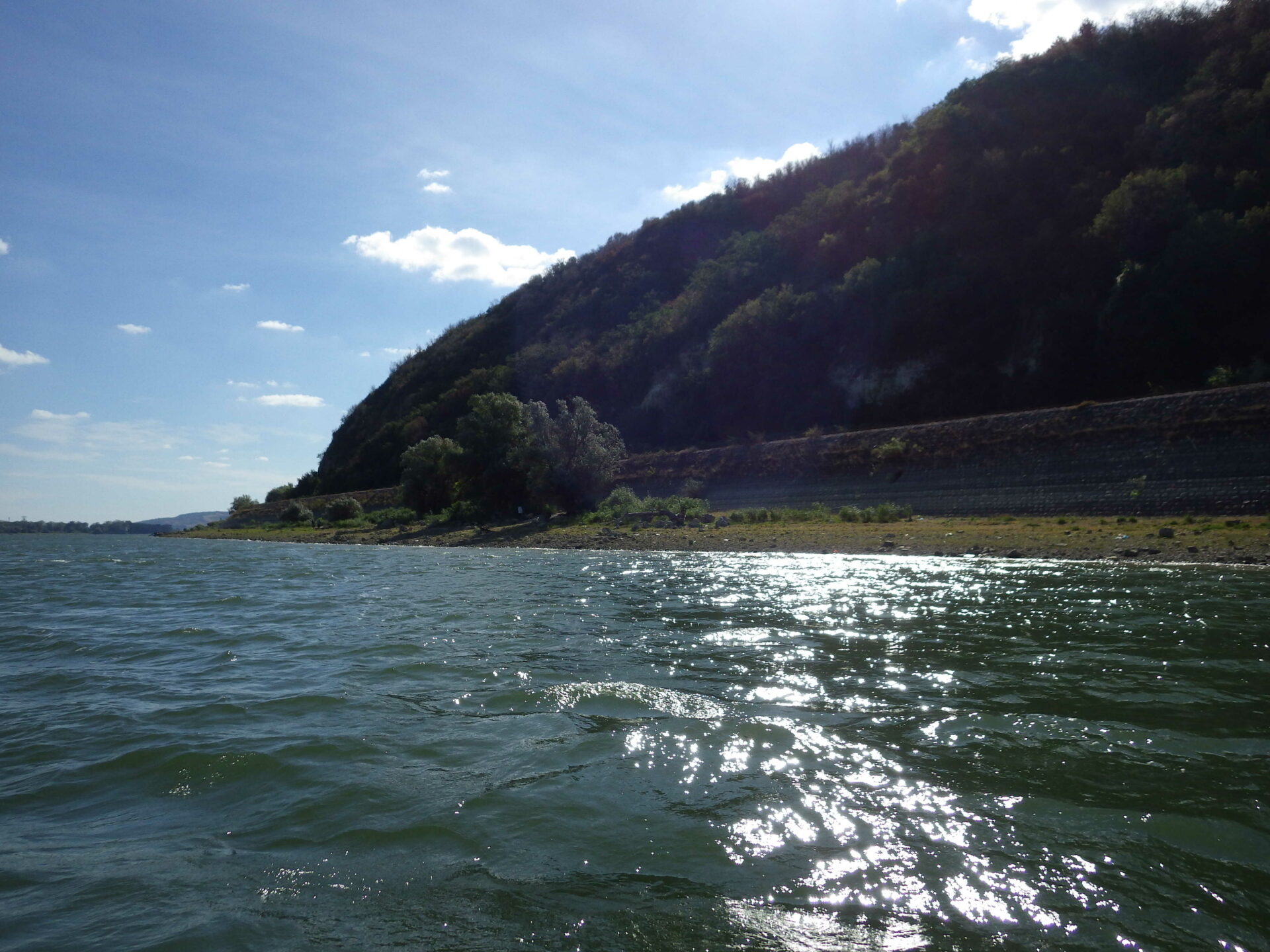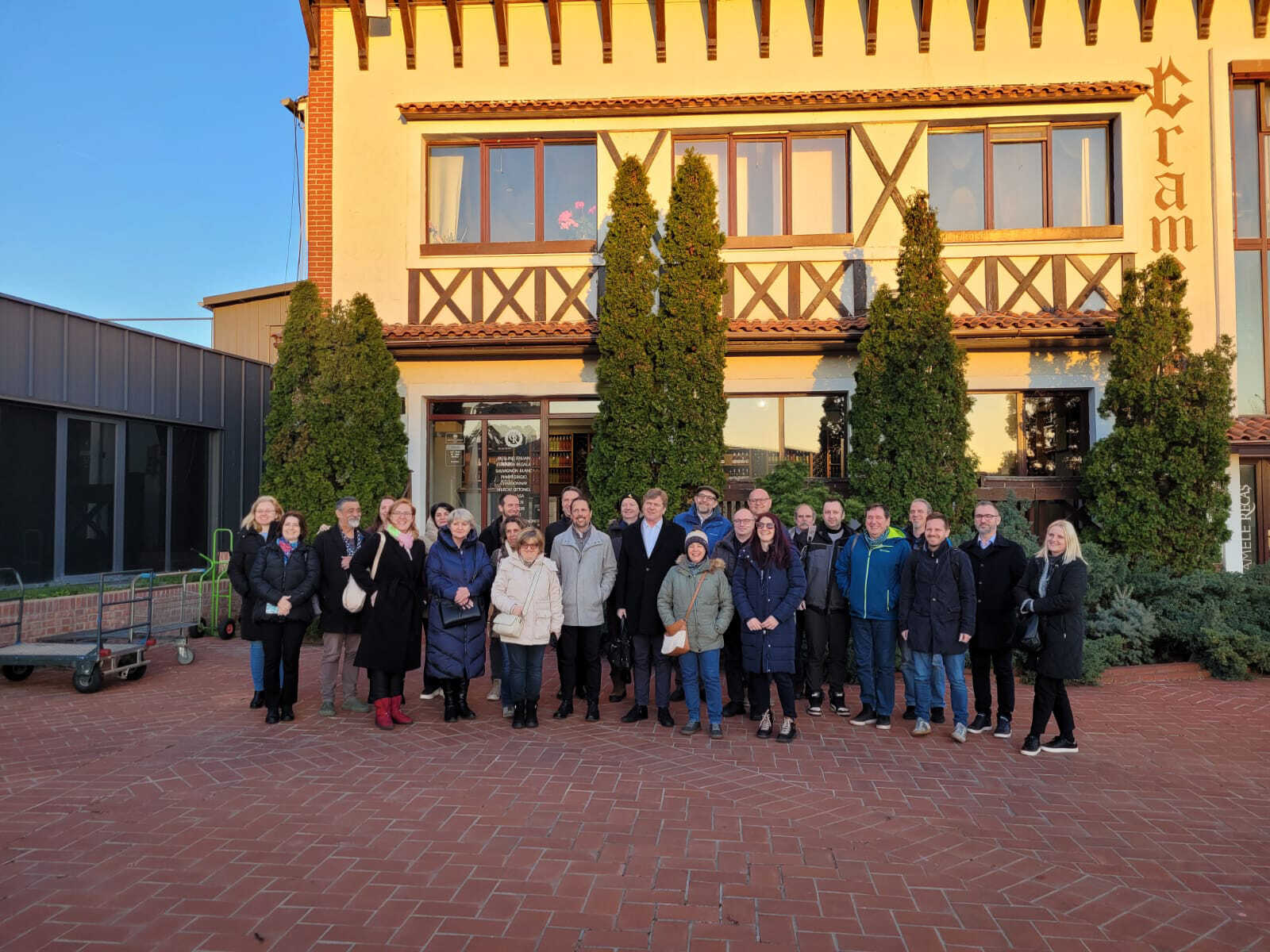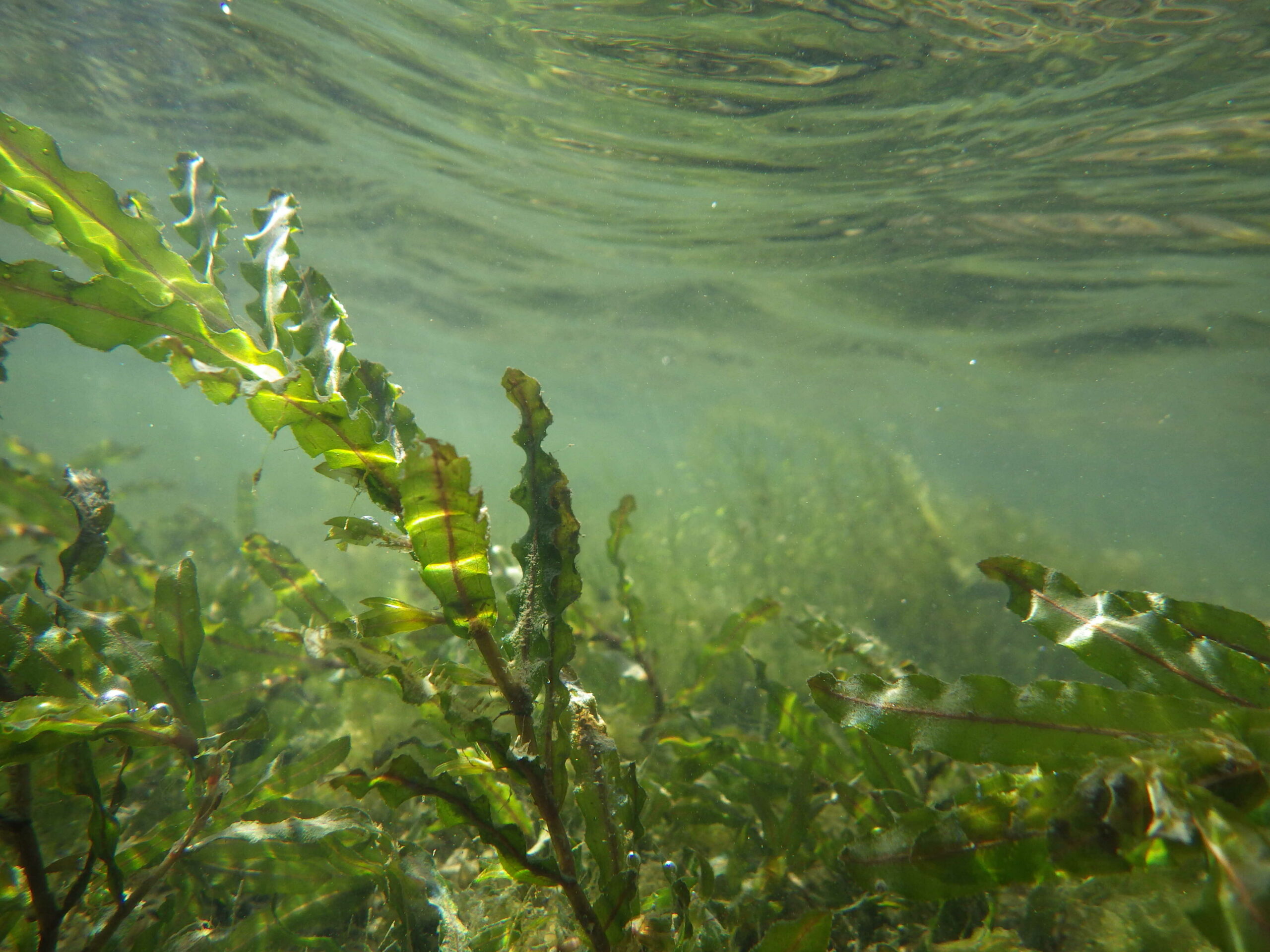Institute for International Cooperation for a cleaner, healthier and safer Danube


The International Commission for the Protection of the Danube River (ICPDR) is a transnational body for the implementation of the Convention on the Protection of the Danube River. The ICPDR formally consists of delegations from all contracting parties to the Convention, but has also created a framework for the participation of other organisations.
The ICPDR has three main objectives: a cleaner Danube (reducing pollution from settlements, industry and agriculture), a healthier Danube (protecting rivers as ecosystems that provide habitats for aquatic animals and plants as well as services such as drinking water and recreation for the population) and a safer Danube (a safer living environment for people without fear of significant flood damage). The organisational tasks of the ICPDR are divided between different bodies: a group for regular meetings (political decisions), a permanent working group (political advice) and technical expert and working groups (preparation of technical supporting documents).
The 41st meeting of the Technical Expert Group for Monitoring and Assessment of Water Status (MA EG) was held in Timișoara, Romania, at the end of last month. The meeting was attended by Tina Miholić from Croatian Waters and Igor Stanković and Nikola Hanžek from the “Josip Juraj Strossmayer” Water Institute. The main topic of the meeting was the Fifth Joint Danube Survey (Joint Danube Survey 5 –JDS5), including the research plan, data management, microbiological, biological and chemical analyses, environmental DNA and microplastic analyses in water, biodiversity and invasive species.
JDS5 is the world’s most comprehensive surface water research programme. The official launch will take place in Vienna on 1 July 2025. This large-scale scientific research project brings together experts from 14 countries to assess the condition of the Danube and its main tributaries. In Croatia and other countries, JDS5 will begin in April with the collection of phytoplankton samples and basic physico-chemical indicators, which will be analysed for six months. Further information on this research project can be found under
this link.

